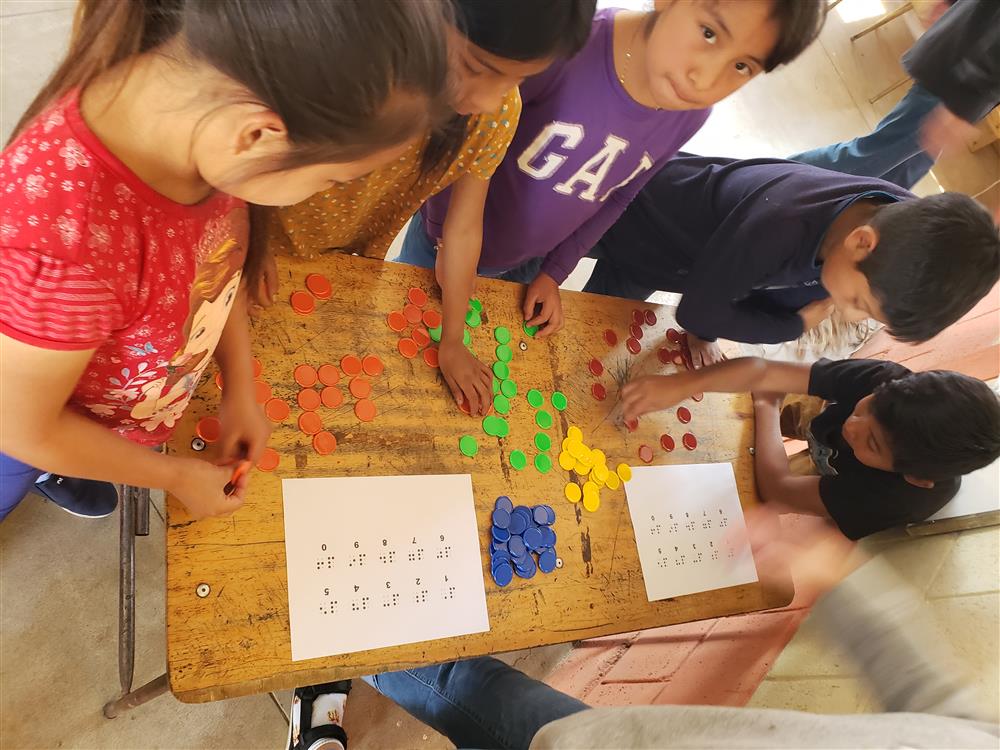Empowering inclusive education with ICT integration
- Solution
- Promoting inclusive education in Guatemala through the development of a Universal Design for Learning (UDL)
- Country of Implementation
- Guatemala
- Start Year
- 2021
- First published
- 03.12.2023

Solution details
“UDL has changed my way of teaching and has allowed me to see in my students their abilities and new ways of learning.” María Angélica Tziná, teacher, Escuela Oficial Rural Mixta Comunidad Chukumuk
ADISA, a Guatemalan NGO, and CBM (Christian Blind Mission), an international development organization, launched a programme promoting inclusive education through Universal Design for Learning (UDL). Technical assistants, trained as inclusive education and UDL experts, collaborate with students, teachers, and parents. This programme supports students with and without disabilities in preschool and elementary school in Mayan communities. Between 2022 and 2023, ADISA trained 500 teachers and 400 parents, benefiting 800 children in ten schools.
Problems Targeted
Children with disabilities in rural Guatemala face barriers in accessing inclusive education due to limitations of learning methods, teacher skills, and digital resources.
Solution, Innovation and Impact
ADISA was founded in 1998 as a parents’ committee to organize and support children with disabilities and has been an association since 2013. In 2021, ADISA and CBM developed a programme to embed the principles of UDL in Guatemalan educational practice. It has been implemented in the Mayan communities of five districts to support students in preschool and primary school (4–12 years) who face barriers to learning. As the key element of the programme, four technical assistants were trained to support students, teachers, and parents, and three resource centres were equipped with appropriate digital media. In addition, a network of educators was created to undergo mentorship and share experiences and resources. In developing the programme cultural diversity and the economic, geographic, and attitudinal barriers that often prevent access to quality education were all taken into consideration. Teachers who have adopted the UDL are better prepared to meet diverse learning needs and experience professional growth by learning new ways of teaching and of promoting student motivation and engagement. The flexibility of UDL promotes student autonomy and the development of self-regulation skills, resulting in a more equitable and relevant education. In 2022 and 2023 a total of 800 children in ten schools were part of the initiative, and 400 parents were provided with knowledge and guidance.
Funding, Outlook and Transferability
The project receives 75 per cent of its funds from the German Federal Ministry for Economic Cooperation and Development and 25 per cent from CBM, with total funding of €600,000 for the period 2021–2024. During a conference in August 2023, presentation of results to the Ministry of Education led to the exploration of opportunities for further replication in other parts of Guatemala and partner cities abroad. (Awardee 2024)
Media
Pictures
Related information
- Connections
- 1
-
People